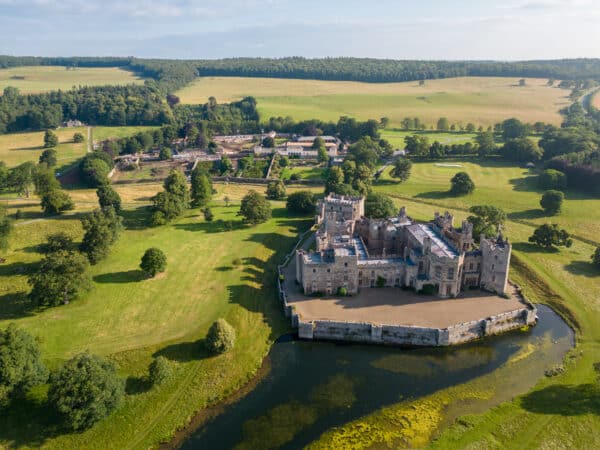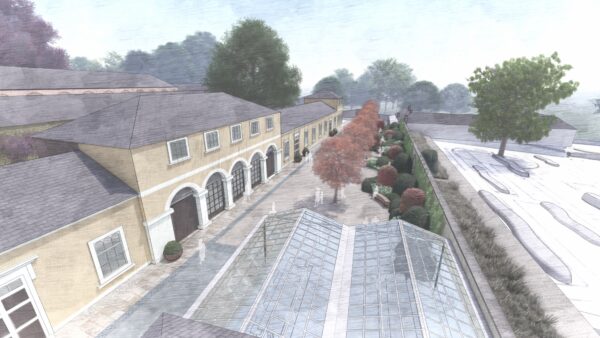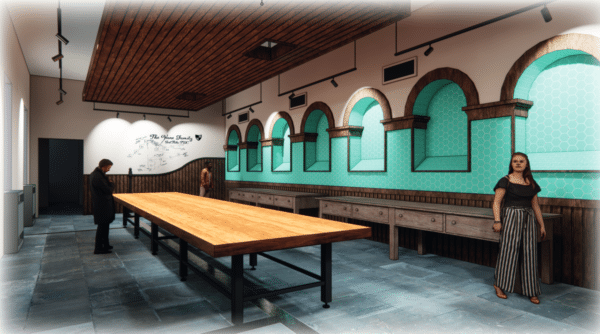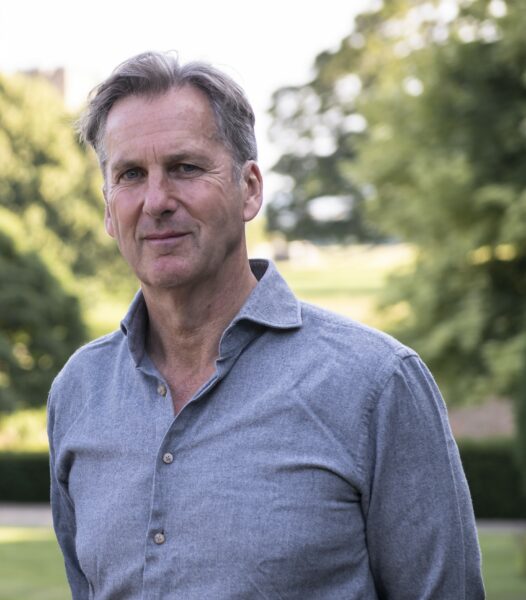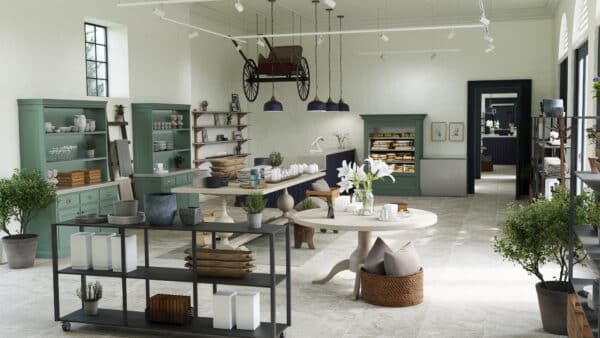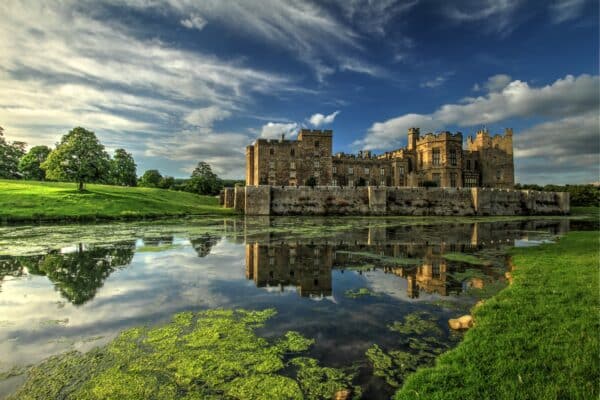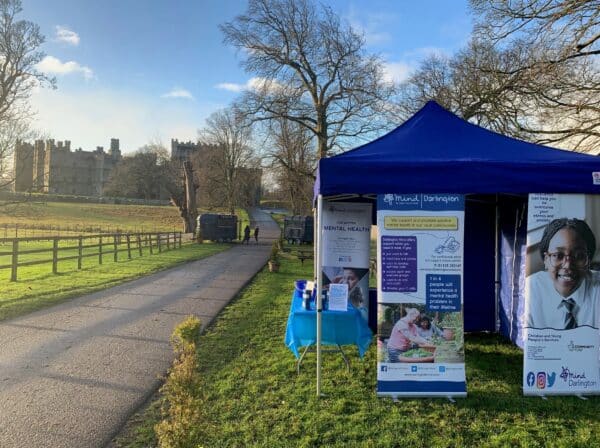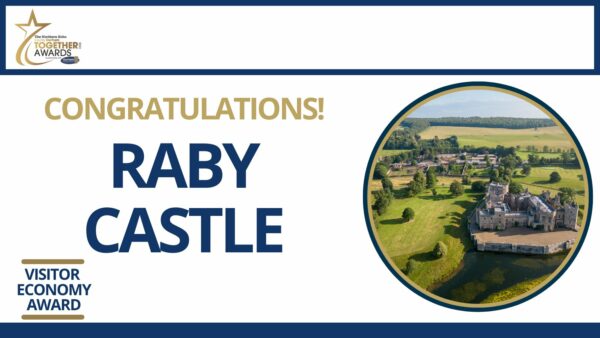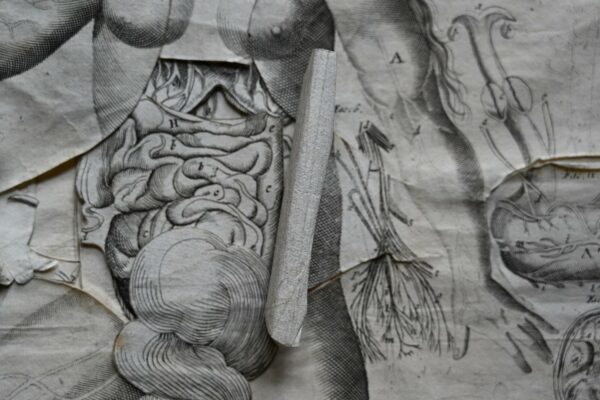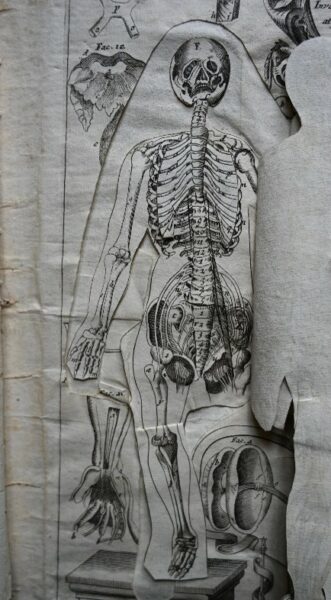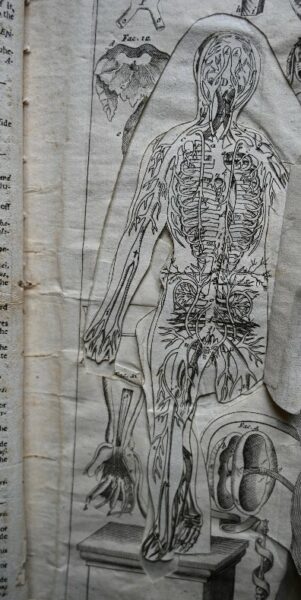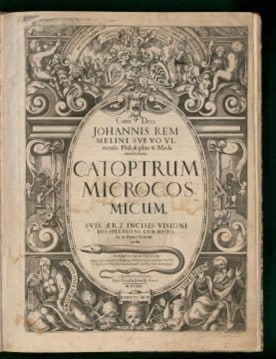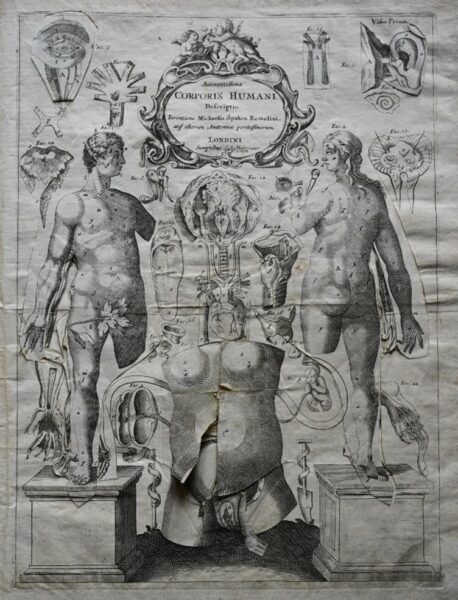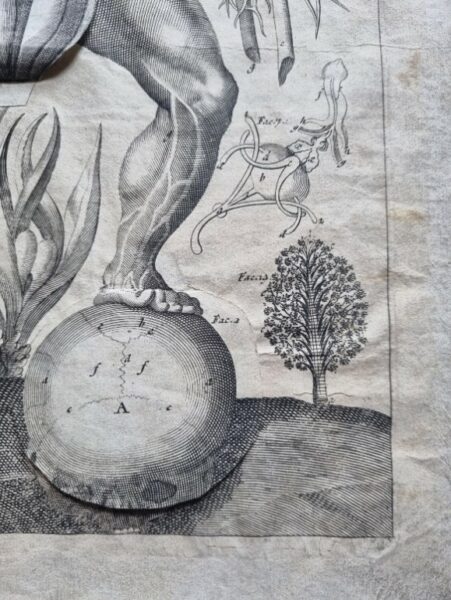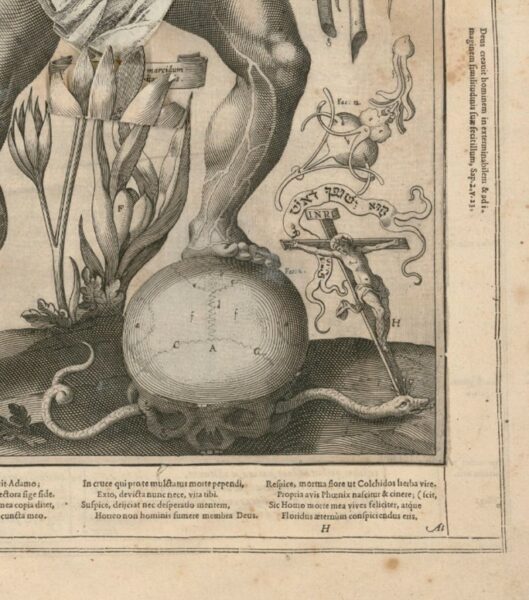The next generation of Raby Estates

As National Apprenticeship Week unfolds across the country, it’s time to shine a spotlight on the incredible apprentices who contribute their skills, dedication, and fresh perspectives to various industries. Here at Raby Estates, we take immense pride in nurturing talent and providing opportunities for growth and development. We have several apprentices in various departments across the estate, spanning from accounts and business administration to land management and building maintenance.
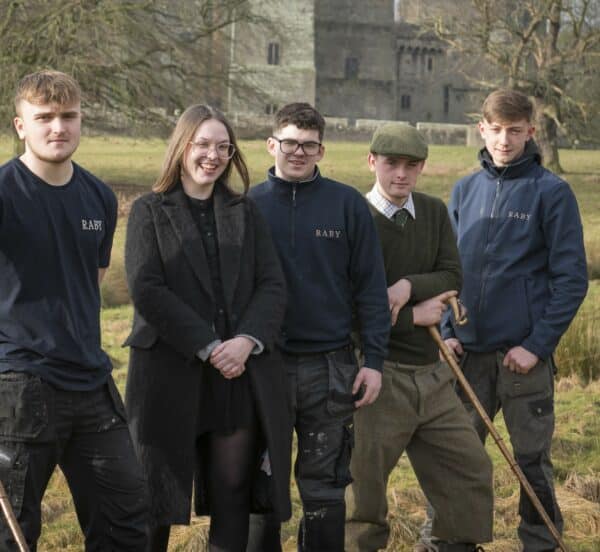
Connor | Gamekeeper Apprentice: Connor’s dedication to gamekeeping is evident in everything he does. As a Gamekeeper Apprentice, he works tirelessly to maintain the delicate balance of wildlife and habitat within our estate. Connor’s knowledge of local Grouse is exceptional, and his love for being outdoors on the fell is evident.
Owen | Painter and Decorator Apprentice: Whether he’s revitalising the historic interiors of our estate buildings or adding a fresh coat of paint to a 
Rosanna | Business Administrator Apprentice: Rosanna’s organisational skills and can-do attitude make her an invaluable member of our administrative team. As a Business Administrator Apprentice, she keeps things running smoothly behind the scenes, handling everything from scheduling to correspondence with grace and efficiency. Rosanna’s eagerness to learn and her dedication to her role make her a true asset to Raby Estates.
Izzy | Accounts Assistant Apprentice: Izzy’s meticulous approach to financial management makes her an essential part of our finance department. As an Accounts Assistant Apprentice, she assists with budgeting, invoicing, and financial reporting with precision and accuracy. Izzy’s willingness to take on new challenges and
William | Joiner Apprentice: William’s passion for woodworking and craftsmanship shines through in his role as a Joiner Apprentice. His expertise spans from 1st and 2nd fix joinery to various other facets of the building trade as required, William’s skill and attention to detail are second to none. His dedication to his craft and his eagerness to learn from experienced craftsmen make him a valuable asset to our estate.
Tommy | Joiner Apprentice: Tommy plays a crucial role in maintaining the integrity and beauty of our properties, including assisting in the upkeep of the castle. Tommy’s responsibilities encompass a wide range of tasks, from general property maintenance to specialized joinery work. Tommy’s contributions are instrumental in ensuring that our estate remains in top condition, and we are proud to have him as part of our team.
Expanding our apprenticeship program is an exciting prospect for Raby Estates as we continue to grow and evolve as a business. We recognise the immense value that apprenticeships bring not only to our organisation but also to the individuals who start this journey with us. As we look towards the future, we are committed to developing our apprenticeship program across all areas of our business, offering opportunities for people who are eager to learn, develop, and grow alongside us.
Our vision for expanding the apprenticeship program is rooted in the belief that investing in talent and providing hands-on learning experiences is key to fostering a skilled workforce and driving innovation within our industry. By broadening the scope of our apprenticeship offerings, we aim to attract individuals from diverse backgrounds who are passionate about their chosen field and eager to contribute to the success of Raby Estates.

Whether it’s in roles related to estate management, conservation, hospitality, administration, or craftsmanship, we are committed to providing comprehensive training and mentorship to our apprentices. Through a combination of on-the-job learning, formal education, and practical experience, apprentices will have the opportunity to develop the skills, knowledge, and confidence needed to excel in their chosen profession.
At Raby Estates, we understand that our people are our greatest asset, and we are dedicated to investing in their future. By expanding our apprenticeship program, we are not only building a pipeline of talent for our business but also creating opportunities for individuals to thrive and grow with us. Together, we will continue to shape the future of Raby Estates and make a positive impact in our community and beyond.


